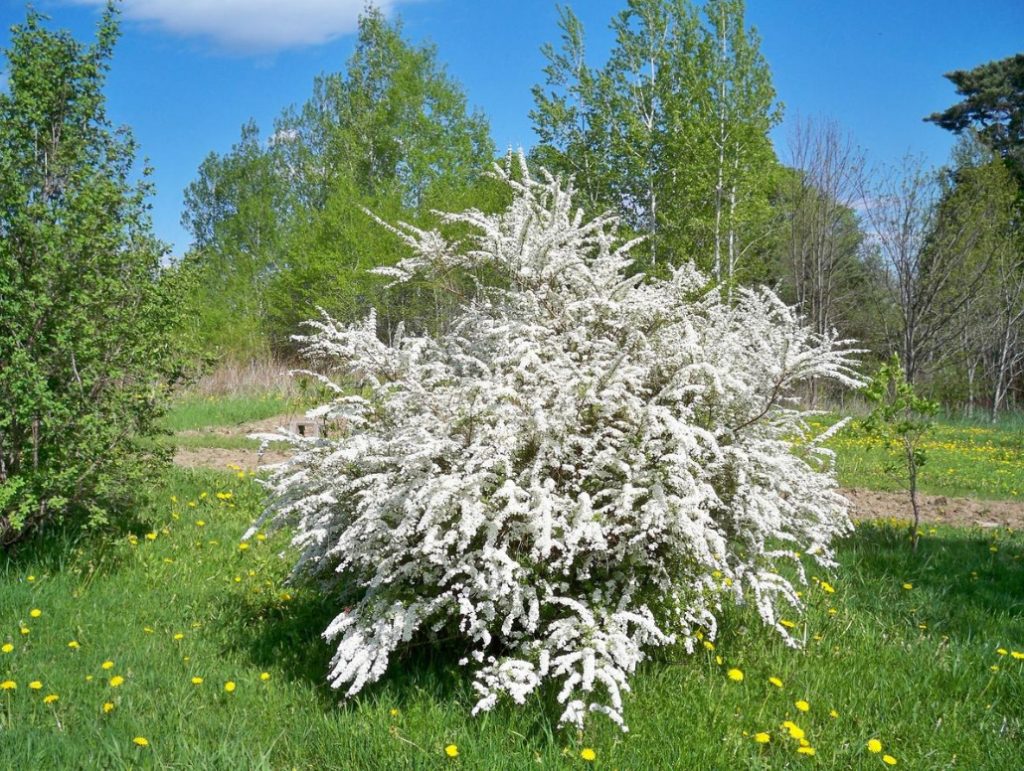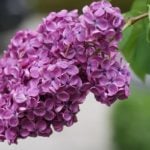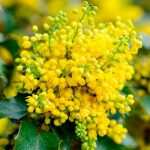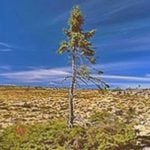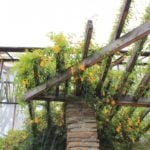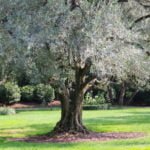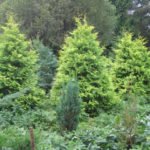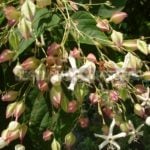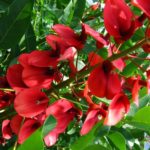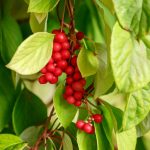There are plants that have many advantages and absolutely no disadvantages. Such a little, Spiraea among them. Profusely blooming, decorative all year round, extremely unpretentious, fast-growing. Their species and variety diversity is so great that you can choose spirea for almost any garden situation and even create a garden of continuous flowering from just spirea.
You will not be able to feel all the charm of spring, if your garden does not grow spring-blooming white-flowered spirea. Begins spring flowering Spiraea × arguta, from the second half of may for 10-15 days the Bush is covered with tiny white flowers collected in umbrella-shaped inflorescences. A fantastic sight! After flowering, the leaves appear, in autumn they will turn yellowish-pinkish.
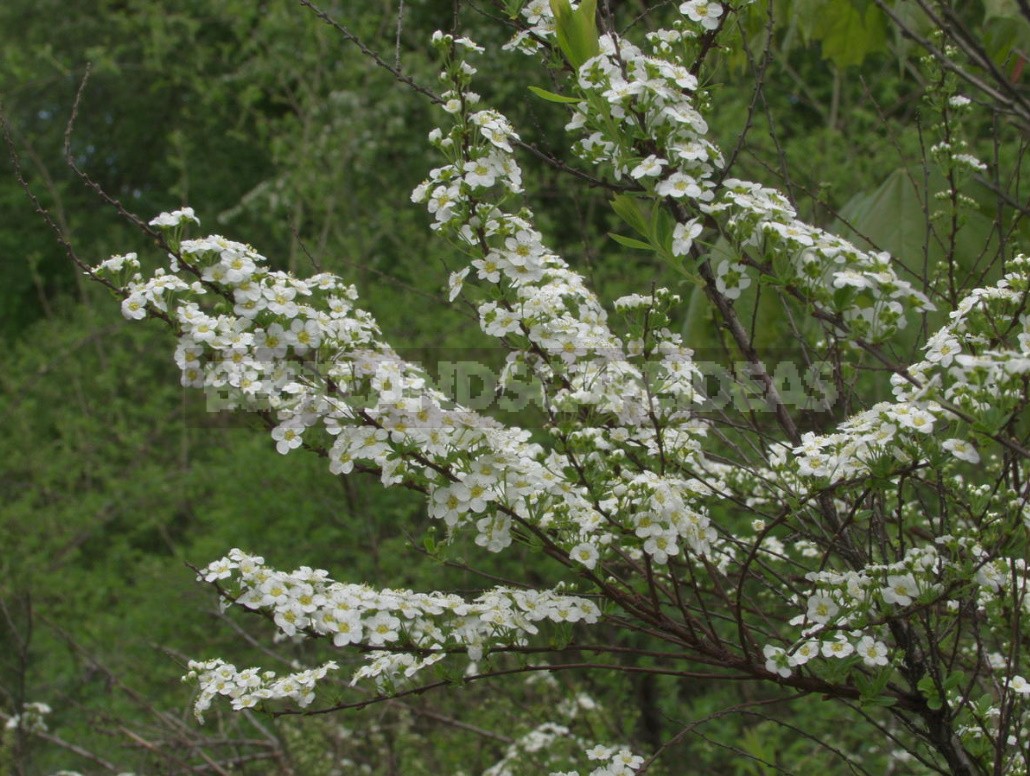
Almost simultaneously with it blooms Spiraea x cinerea. It is incredibly hardy, and can grow even close to the edge of retaining walls — where many other shrubs are frozen out. It is magnificent not only during flowering, its delicate grayish-green foliage is good as a background for other shrubs, and in itself. The shape of a separately planted Bush is a perfect ball.
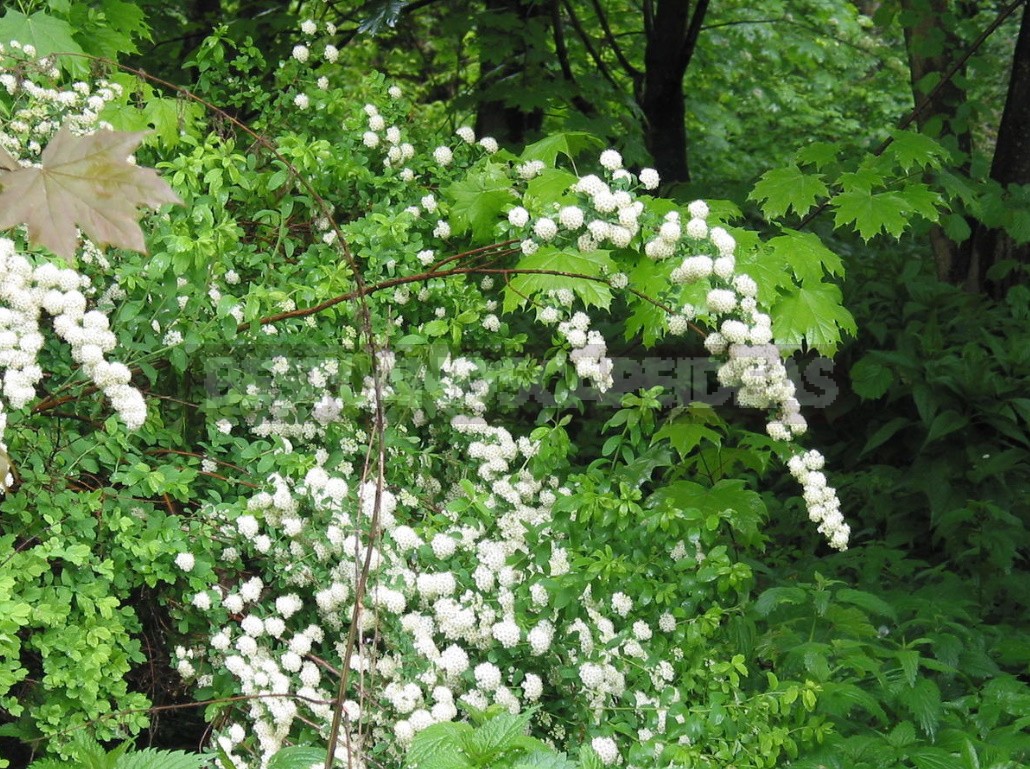
A little later blooms Spiraea × vanhoutei, a shrub with arched branches. White waterfall of flowers!

No one will be indifferent to the blooming Spiraea nipponica in June, especially its variety ‘Snowmound’ – a two-meter spherical Bush, all strewn with white inflorescences.
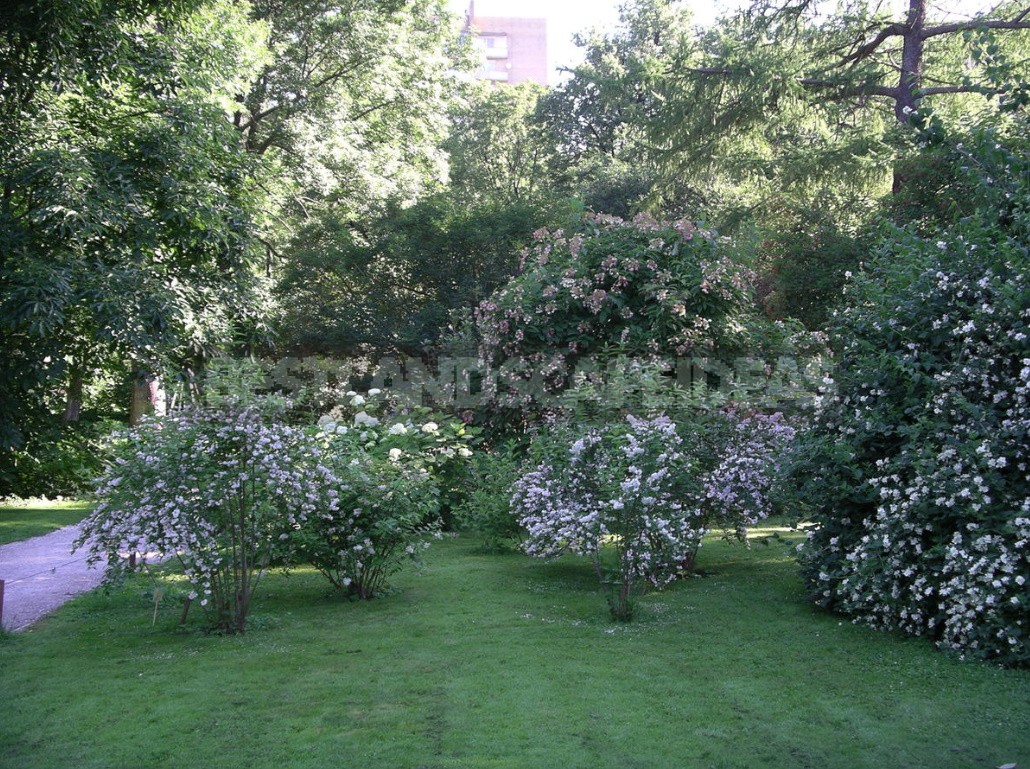
May spirea-the stars of the spring garden, the impression of them will be even more enhanced by lilacs and Philadelphus, daffodils and tulips planted next to each other and blooming at the same time.
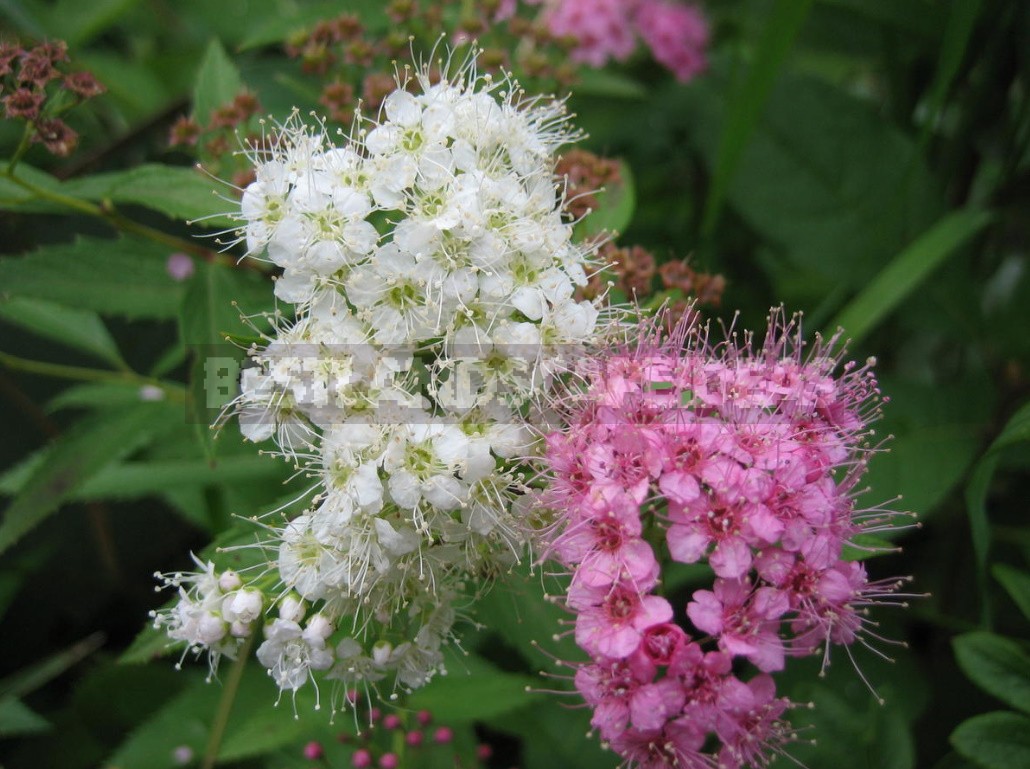
In the group of Spiraea with corymbose pink-purple inflorescences, blooming from July to snow, the most popular varieties are Spiraea japonica and the similar Spiraea x bumalda. These are low, densely branched, hemispherical shrubs. Good young shoots and leaves, which, depending on the variety, have a purple, yellow or orange color.
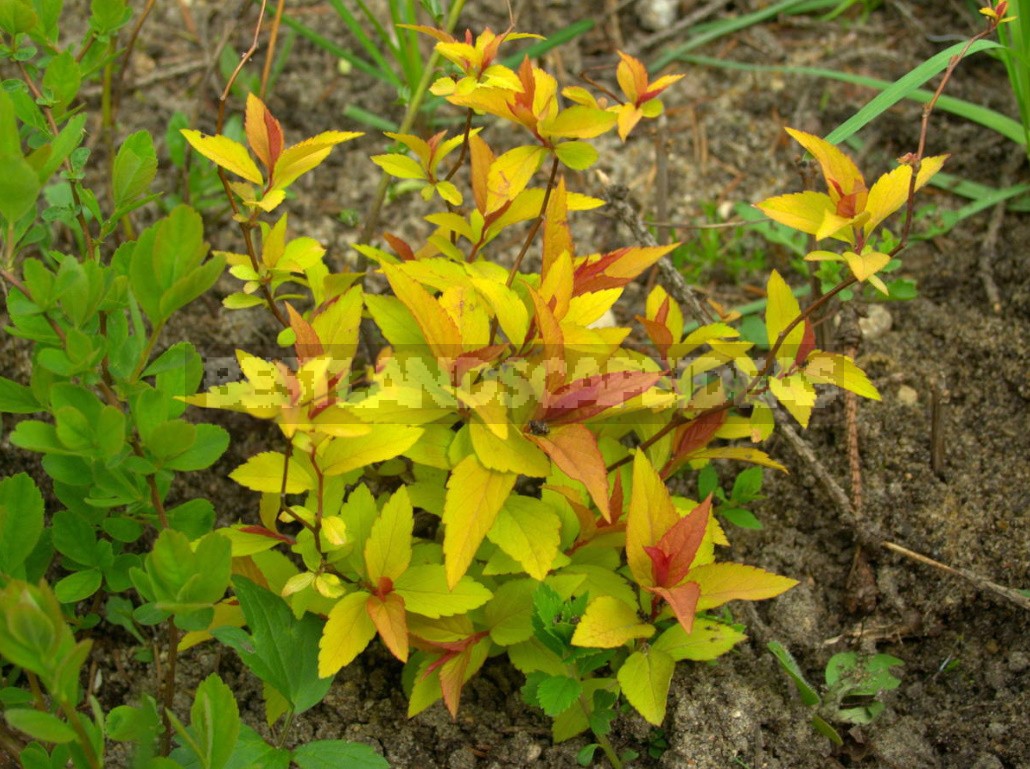
For example, if you plant yellow or orange tulips, yellow-orange daffodils near spirea ‘Goldflame’ bushes, you will get a bright may picture. The famous Vita Sackville-West in Sessinhurst combined this variety of spirea with yellow lilies, Coreopsis, Thermopsis, orange Dahlia, yellow irises and daylilies, orange Cannas, etc. to create a yellow-orange summer effect.
Yellow-leaved Spiraea create a perfect background for blue flowers of Polemonium, Myosotis or annual Nigella, it is good to plant bows with spherical purple-purple heads behind them. The beauty of the autumn color of Spiraea japonica is stunning, the leaves on one Bush are painted in different colors – yellow, orange, red-purple, almost purple and dark green at the same time.
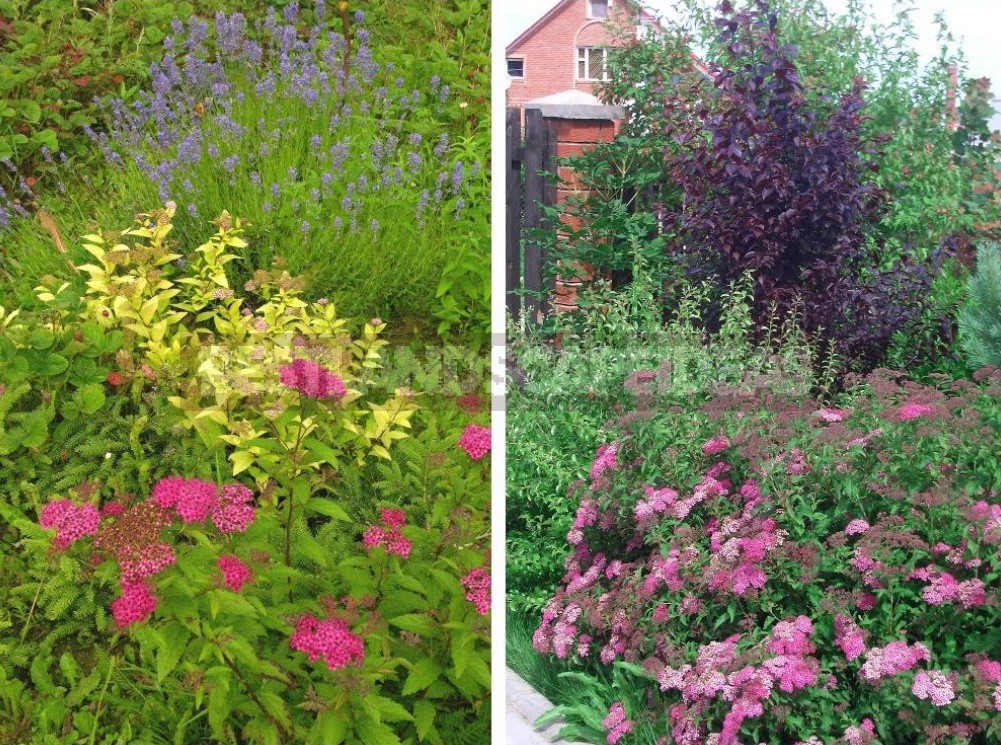
Spiraea japonica and Spiraea x bumalda make very nice borders. They are also good for the front edge of the mixborder; green leaves and pink flowers of such spires are well combined with blue flowers and silver or white-variegate leaves.
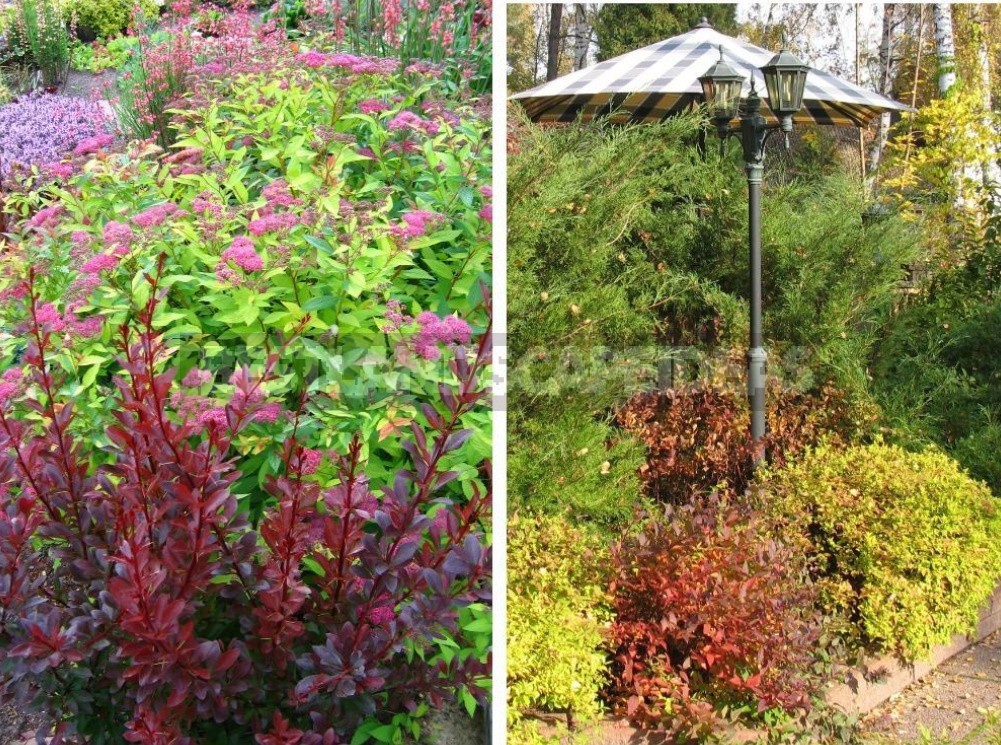
If you take spirea with brighter inflorescences, for example, varieties ‘Frobelii’ (dark purple-red inflorescences), ‘Dart’s Red’ (crimson) or ‘Anthony Waterer’ (pink-Carmine), they will give a spectacular combination with yellow flowers.
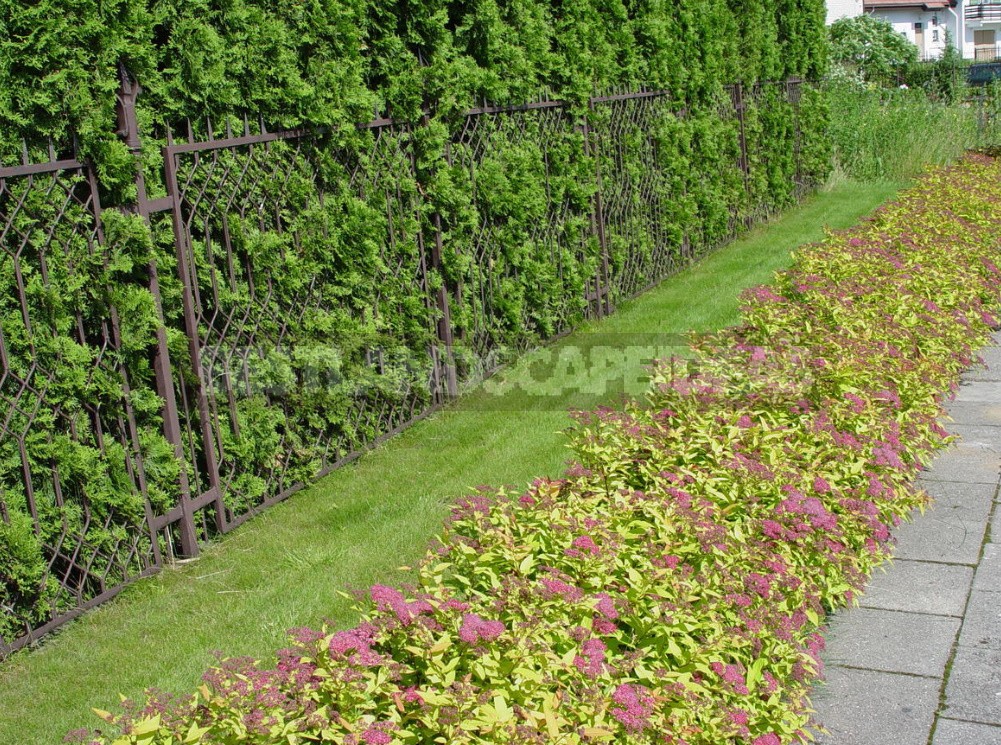
I like the combination of summer spires with roses. They bloom at the same time, and if you match the tone of the rose flowers and spirea inflorescences, the effect is even more enhanced.
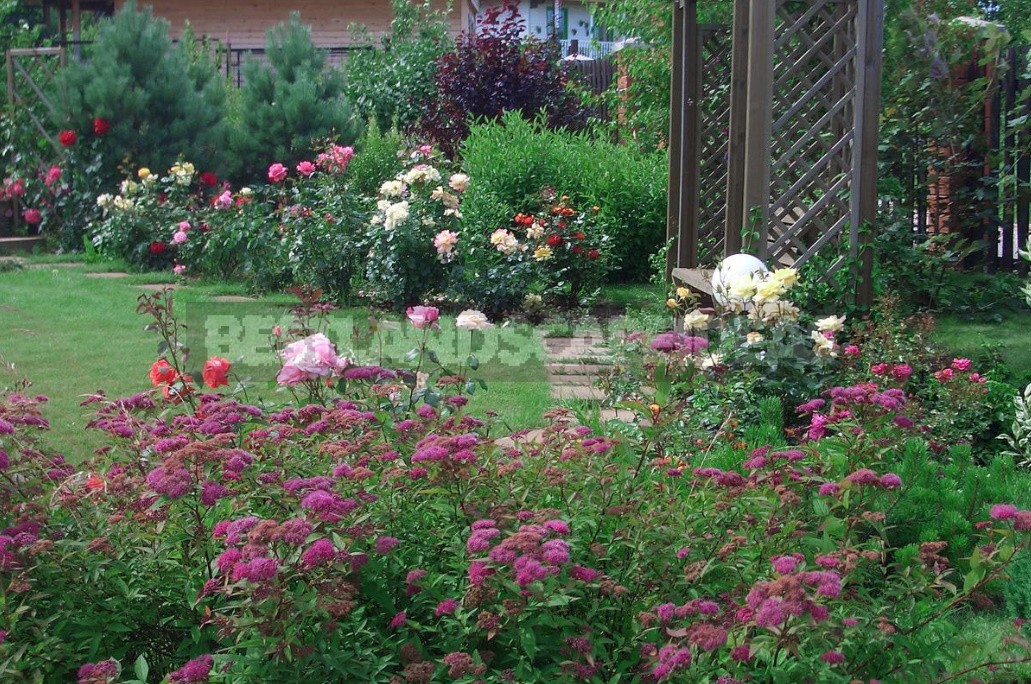
Summer Spiraea also includes a group of two-meter slender Spiraea with spike-shaped inflorescences, which are impressive during flowering, when each shoot ends in a pink-purple cylindrical inflorescence. These include Spiraea douglasii and Spiraea × billardii, flowering from mid-to late June to September.
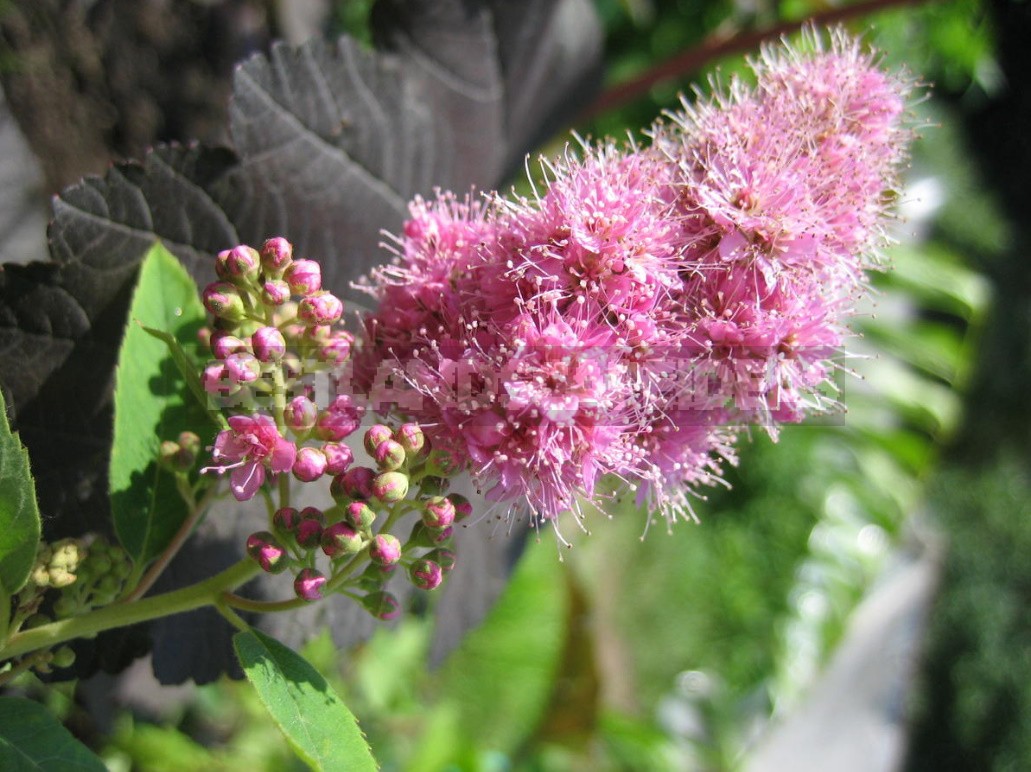
They form dense hedges, against which the following composition will look elegant, for example: white mullein with a pink eye (Verbascum chaixii ‘Album’), pale pink roses, silver wormwood and Silene coronaria with silver leaves and crimson flowers. You can come up with a lot of songs, the main thing is to decide what effect you want to get.
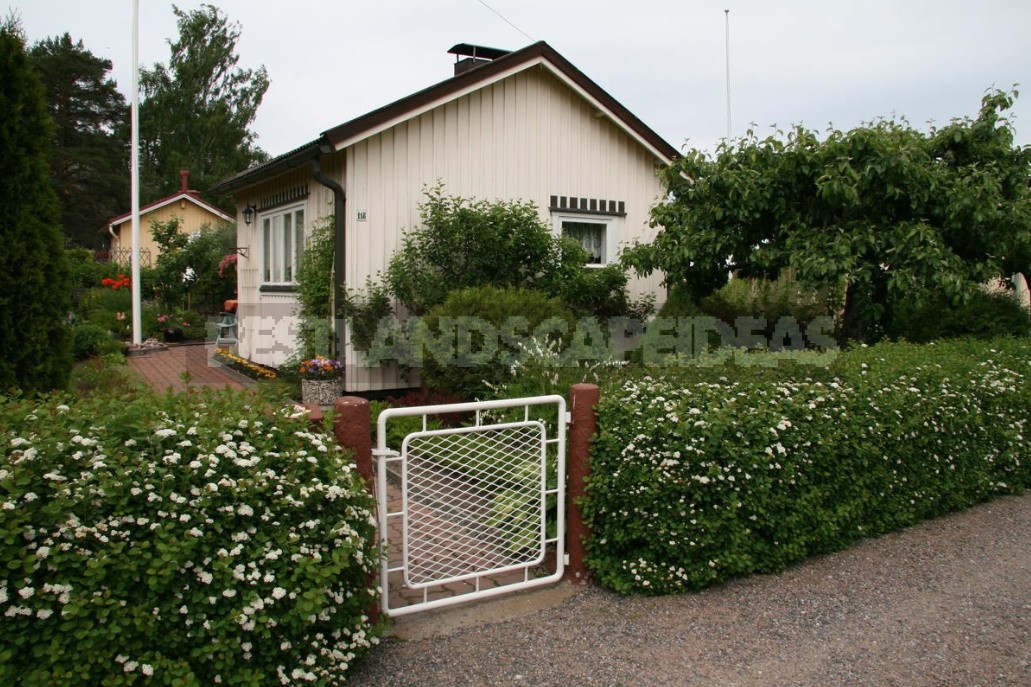
Free-growing hedges of spires are very good. Since Spiraea are easy to cut, we can make them not only high or low fences and borders, but even cut shapes such as balls or cubes. Moreover, fences made of spirea can be made with clear right angles that will never turn out, for example, from barberry (it turns out the corners are translucent, “liquid”, barberry can only be cut with a roller or ball).
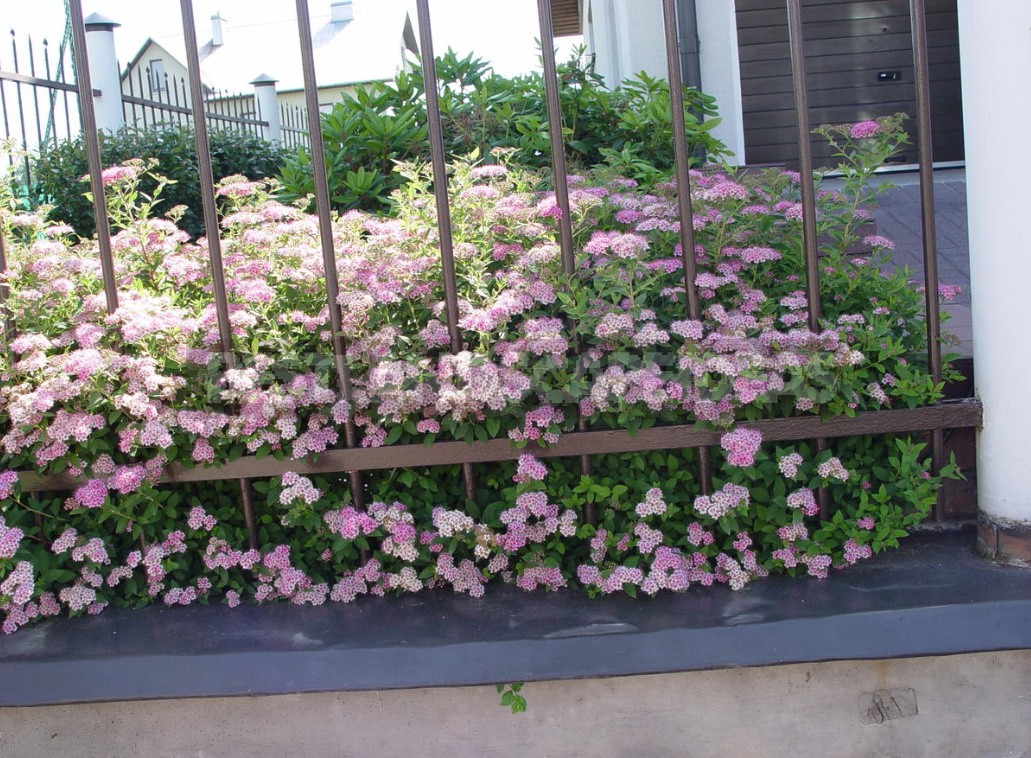
And with all these advantages, you can not say that spirea grow in every garden. Why? Maybe the mysterious soul necessarily requires the overcoming of difficulties? And here-no worries, no hassle, planted in the right place, enjoy Yes rejoice.
